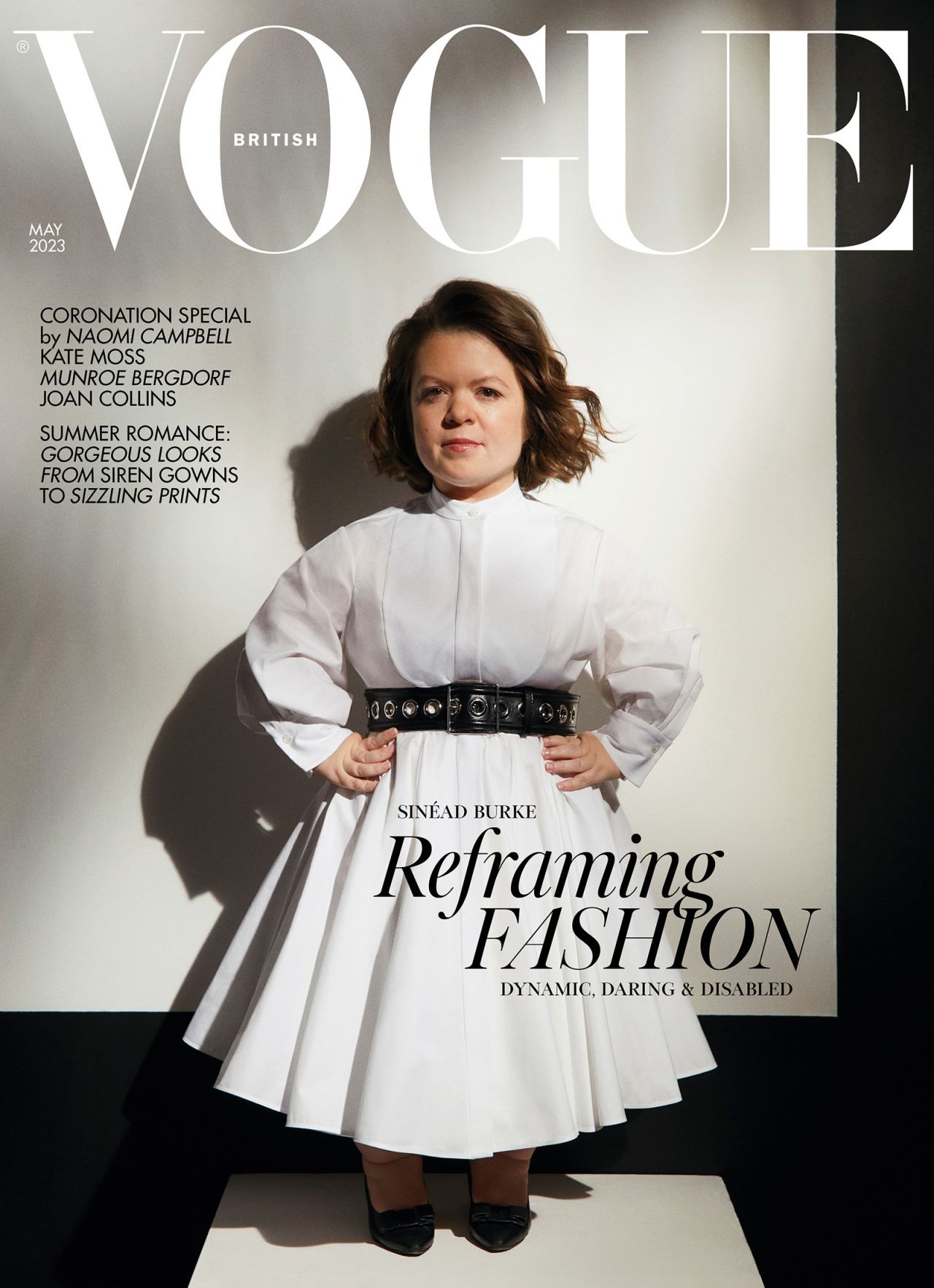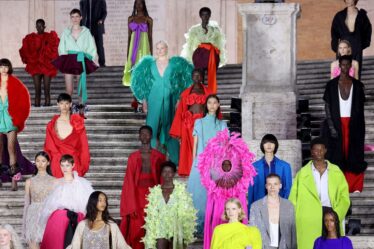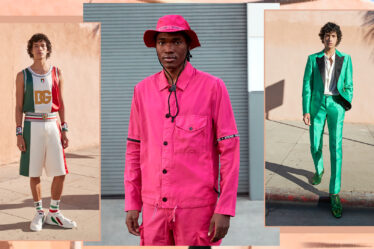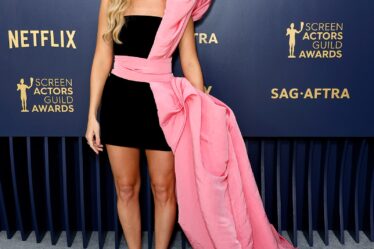
The May issue of British Vogue, titled Reframing Fashion, features 19 disabled people from fashion, sport, activism and the arts. Five of them are cover stars: the actor Selma Blair, who has multiple sclerosis; Sinéad Burke, a disability activist and consulting editor for the issue; the models Ellie Goldstein and Aaron Rose Philip; and the American Sign Language performer Justina Miles. Since Edward Enninful was appointed editor in 2017, Vogue has performed a 180-degree turn: from the pronounced, even defiant, homogeneity that was once its hallmark to a magazine at the frontier of what representation and diversity in fashion can look like.
Burke, meanwhile, came at fashion from the citizen side, writing a blog about the industry’s accessibility and the visibility of disabled people within it. Over the past five years, it has turned into a global consultancy, Tilting the Lens.
Enninful and Burke’s mission with Reframing Fashion goes back to first principles and asks: what would a fashion shoot – or an image, or a magazine, or an industry, or society – look like if it were designed not for disabled people, but with them? “We have this notion that disability is invisible disabilities or physical disabilities,” says Burke. “The reality is, we live in an ageing society. We’ll all be disabled at some point in our lives. This is not about us. This is about all of us.”
Tell me your fashion origin stories. How did it all start?
Edward Enninful: I’ve been in the fashion press since I was 16 years old. I started as a model, but I knew that, as an industry, it was getting left behind. When I started here, so many people I knew said: “We don’t look at Vogue, we don’t see ourselves in it.” That was all I needed to hear. My work has always been about diversity in all its shapes; women of different sizes, ages, religions, socioeconomic backgrounds.
Sinéad Burke: I was training to be a primary school teacher and they asked us to create a blog. I created one about fashion. As someone with a physical disability and as a little person, I was hungry, always ravenous, for information. What does change look like? What do sustainability and accessibility look like, not as values, but as business initiatives? Through that, I got the opportunity to attend fashion shows. Disabled people have a skill set that is shaped by their experience. I have always been organised and articulate and tried to be considerate. Those are skills that I’ve had to harness for my own independence.
What inspired you to create Reframing Fashion?
EE: I met Sinéad when I started here, in 2018. We sat next to each other at the Burberry show and, from that minute, I just knew we were going to work together. I said: “I’m going to take your lead, because you’ve lived it. And you continue to change people’s perspectives on disability.”
SB: I sat next to him, tugged on his sleeve and said: “Hi, I think what you’re doing at British Vogue is incredible, but have you ever thought about disability?” Knowing that, of course, based on his own lived experience, that was always going to be part of the conversation. So, in 2019, I was the first little person to be on the cover of any Vogue.
Why this issue now?
SB: The pandemic was a mass disabling event. We all had a touchpoint to disability in a way we never had before. And yet, in the first cohort of deaths, six out of 10 people were disabled. We used language like “vulnerable” and “underlying conditions,” as if it was easier to accept those deaths. So, while our lived experience became much closer to disability, our awareness and empathy were unchallenged.
Where do you think representation of disability has got to?
EE: From my point of view, we are not doing enough in the fashion industry. I want to emphasise that I’m also learning. I have an invisible disability myself: I’ve had five retinal detachments, I’m partially blind and my hearing is less than 50 percent – I’m wearing hearing aids now. It’s never stopped me, but there are so many people with invisible disabilities who never talk about it, because it might hinder them. I’ve never had that fear. When I’m reading, it’s still difficult; when I’m doing interviews, I have to ask people to talk at a certain level. But these are things that are me, these are things that I’ve embraced. We always talk about diversity and inclusivity, but that also has to extend to our disabled brothers and sisters.
SB: Representation and visibility are so important, but we need to acknowledge the systemic barriers that exist. It was lovely that we sat together in this building and said: here’s our ambition. But then we had to unpick the system. We had to make sure that the place itself was accessible. Does it have step-free access all the way through to the set, including the canteen and the bathrooms? Is there a quiet room on set for people who are neurodivergent, for people with requirements? You can imagine the information that came back was incredibly disappointing. When you look at representation as the only solution, you’re not acknowledging all the barriers there are to participation. It’s not just fashion – this is a microcosm of the wider world.
By Zoe Williams



